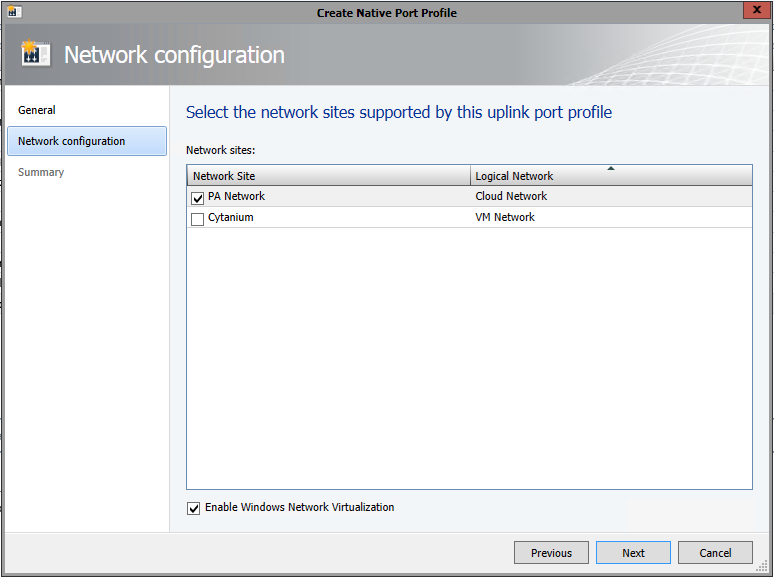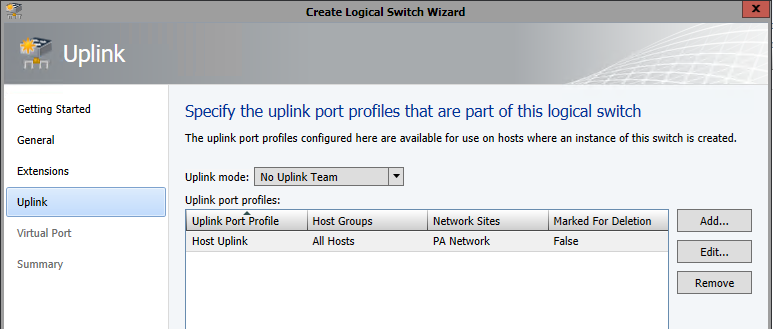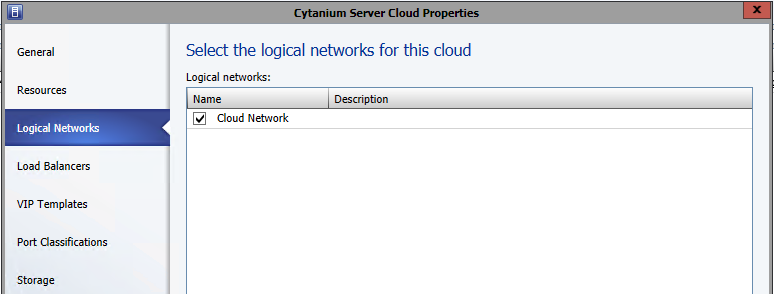One of the most powerful features of Powershell is the ability to issue commands to remote systems, better known as Powershell remoting. This further lessens the need for console or remote desktop access to administer systems. Powershell remoting was introduced in v2 and relies on the Windows Remote Management service (WinRM) to issue commands to remote systems.
Enabling PowerShell remoting is fairly simple. For a single system on a domain, you can run the Enable-PSRemoting -Force cmdlet which will perform necessary configuration steps. You can also ensure WinRM is configured properly using the quickconfig command:
winrm quickconfig
You can use Group Policy if you need to enable remoting on multiple systems. Do this by automatically configuring the WinRM service:
Computer Configuration\Policies\Administrative Templates\Windows Components\Windows Remote Management (WinRM)\WinRM Service\Allow automatic configuration of listeners
Enable this GPO setting and use * for IPv4 and IPv6 filters (unless you wish to limit WinRM requests to specific source IP ranges). In a non-domain environment, you will need to add the remote system to the TrustedHosts list on the client system:
winrm s winrm/config/client ‘@{TrustedHosts=”RemoteSystem”}’
Alternatively, for non-domain environments, you can configure WinRM to allow SSL connections. You will need a “Server Authentication” certificate installed in the local computer certificate store, with a CN matching the hostname that is not expired, revoked, or self-signed. WinRM then needs to be configured for HTTPS using the certificate:
winrm quickconfig -transport:https
To check the current WinRM configuration, use the get command:
winrm get winrm/config
Once WinRM is configured properly, ensure there is a firewall rule in the local Windows Firewall allowing inbound traffic on port 5985 (and port 5986 for SSL). If WinRM is not properly configured, or there is a firewall blocking traffic, you will likely see an error similar to this:
[RemoteSystem] Connecting to remote server RemoteSystem failed with the following error message : WinRM cannot complete the operation. Verify that the specified computer name is valid, that the computer is accessible over the network, and that a firewall exception for the WinRM service is enabled and allows access from this computer. By default, the WinRM firewall exception for public profiles limits access to remote computers within the same local subnet. For more information, see the about_Remote_Troubleshooting Help topic.
+ CategoryInfo : OpenError: (RemoteSystem:String) [], PSRemotingTransportException
+ FullyQualifiedErrorId : WinRMOperationTimeout,PSSessionStateBroken
Test Powershell remoting with the Test-WSMan cmdlet:
Test-WSMan -Computer RemoteSystem
Which will output something similar to this:
wsmid : http://schemas.dmtf.org/wbem/wsman/identity/1/wsmanidentity.xsd
ProtocolVersion : http://schemas.dmtf.org/wbem/wsman/1/wsman.xsd
ProductVendor : Microsoft Corporation
ProductVersion : OS: 0.0.0 SP: 0.0 Stack: 2.0
Now that WinRM is configured properly, we can open a remote powershell session from the client system:
Enter-PSSession -ComputerName RemoteSystem -Credential username
The credential parameter is optional on domain-joined systems but can be used to open a remote Powershell session as a specific user. If the remote system cannot authenticate the client because it is not domain joined and you have not added it to the TrustedHosts list, you will receive an error similar to this:
Enter-PSSession : Connecting to remote server RemoteSystem failed with the following error message : The WinRM client cannot process the request. If the authentication scheme is different from Kerberos, or if the client computer is not joined to a domain, then HTTPS transport must be used or the destination machine must be added to the TrustedHosts configuration setting. Use winrm.cmd to configure TrustedHosts. Note that computers in the TrustedHosts list might not be authenticated. You can get more information about that by running the following command: winrm help config. For more information, see the about_Remote_Troubleshooting Help topic.
At line:1 char:1
+ Enter-PSSession -ComputerName RemoteSystem -Credential jeff
+ ~~~~~~~~~~~~~~~~~~~~~~~~~~~~~~~~~~~~~~~~~~~~~~~~~~~~~~~~
+ CategoryInfo : InvalidArgument: (RemoteSystem:String) [Enter-PSSession], PSRemotingTransportException
+ FullyQualifiedErrorId : CreateRemoteRunspaceFailed
You can also run commands on several remote systems simultaneously (this example will force a checkin with the WSUS server):
Invoke-Command -ComputerName RemoteSystem1, RemoteSystem2 -ScriptBlock {wuauclt /reportnow}
Happy Remoting!




















